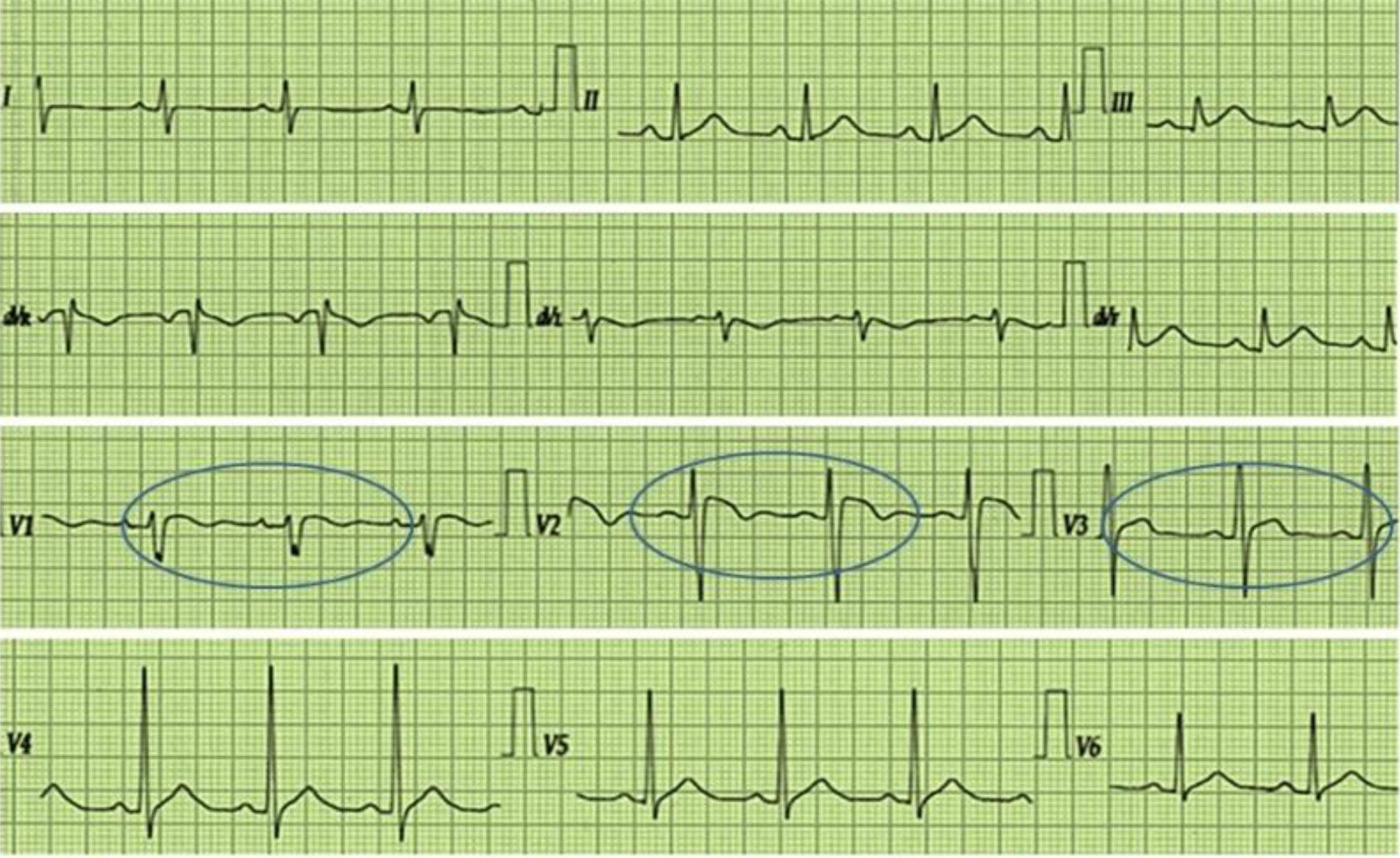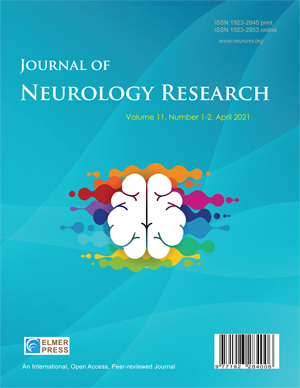From Brugada Syndrome to Sporadic Pseudopolyneuritic Amyotrophic Lateral Sclerosis
DOI:
https://doi.org/10.14740/jnr1015Keywords:
Amyotrophic lateral sclerosis, Brugada syndrome, CubaAbstract
Amyotrophic lateral sclerosis is a fatal neurodegenerative disease characterized by progressive death of the upper and lower motor neurons in the central nervous system. Death in these patients has been associated with respiratory muscle weakness, while cardiovascular causes of mortality have been rarely reported. Brugada syndrome is a potentially lethal dysrhythmia that has been seldomly diagnosed in these patients, with only one case reported so far. We present a case of a patient with type 1 Brugada syndrome that was diagnosed with sporadic pseudopolyneuritic amyotrophic lateral sclerosis subtype. A 38-year-old black male patient, with a previous diagnosis of type 1 Brugada syndrome, came into our service complaining of progressive distal strength decreasing in his left leg, involuntary contractions of the muscles of his arms and legs, and body weight loss. The electrocardiogram described an elevation of J point and ST-segment of approximately 3 mm in all right precordial leads (V1 to V3), with negative T-wave in V1 lead, and incomplete right bundle branch blockade pattern. On neurological examination, left leg muscular weakness, global hyporeflexia, and atrophy of different muscles were found. Needle electromyogram detected fibrillations at rest in the left tibialis anterior muscle and abundant fibrillations and sharp waves in the left internal gastrocnemius and left femoral vastus muscles. A sporadic pseudopolyneuritic ALS subtype diagnosis was made. Multidisciplinary treatment was indicated. A stress-free life, change of labor, healthy diet, and daily physiotherapy sessions were oriented. Symptomatic treatment was prescribed with baclofen, carbamazepine, truabin, and folic acid. The Brugada syndrome was treated with an automatic implantable cardioverter-defibrillator. At 3 months evaluation, the clinical improvement was minimum. A full-time caregiver was recommended. ALS is a multisystem neurodegenerative disorder, with disease heterogeneity at clinical, genetic, and neuropathological levels. Cardiovascular causes, especially malignant arrhythmias such as Brugada syndrome, can also be associated with these patients. Further studies directed to analyze the potential relation of these two entities should be performed. Periodic surveillance with electrocardiogram to identify patterns of this dysrhythmia in ALS patients can be hereafter considered.

Published
Issue
Section
License
Copyright (c) 2025 The authors

This work is licensed under a Creative Commons Attribution-NonCommercial 4.0 International License.







